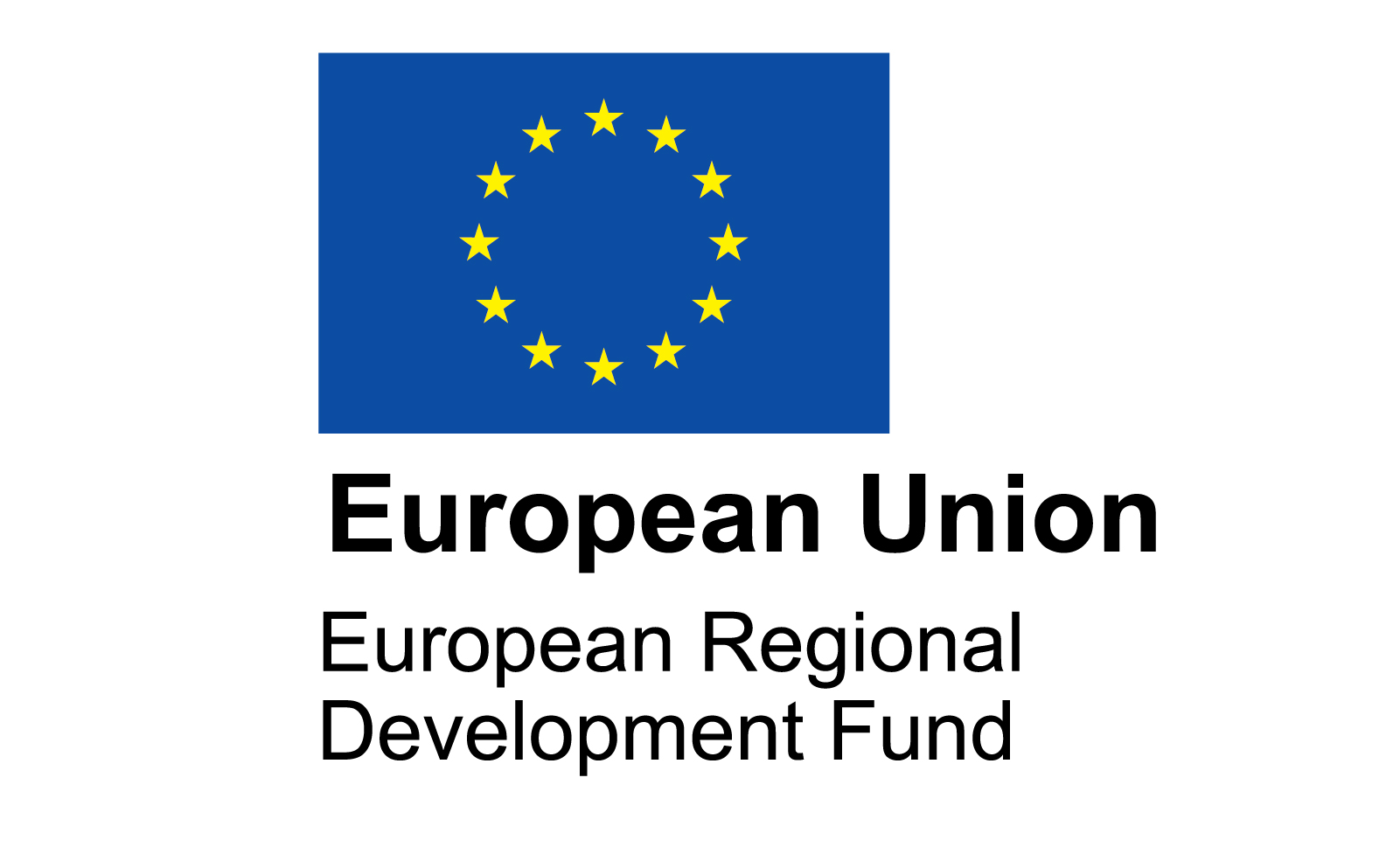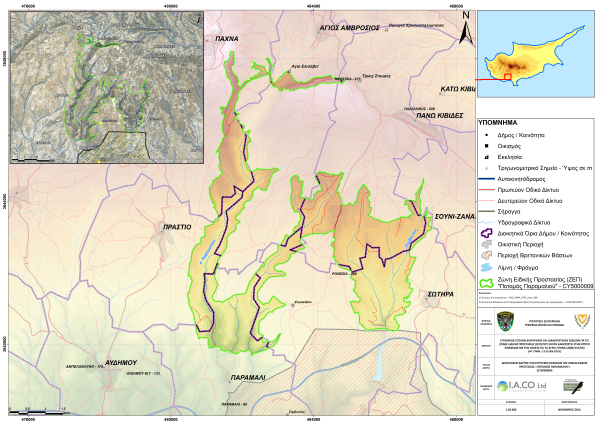Client: DG Environment ● European Commission
Other Partners: Ecologic (Belgium) in cooperation with: ACTeon (France)- I.A.CO (Cyprus) – Universidad De Cordoba (Spain)- Lenoci LTD (Hungary) – IPA (UK)
The specific objectives of the study were to:
- Explore and analyse different water demand management options. Thereby, the objective is to go beyond the water saving potential related to the introduction of new technologies and to give consideration to additional water demand management measures, in particular water pricing and land use planning;
- Develop two scenarios, one focusing on land use planning and one on water pricing in each of the case studies;
- Assess the different socio-economic and environmental implications of both options in five case studies spread across Europe, with particular focus on the agricultural sector and public water supply for tourism.
The five case basin studies for which an in-depth assessment was made were: a) The Boutonne river basin in France; b) The Guadalquivir river basin in Spain; c) the South East River Basin District in the U.K.; d) The Danube-Tisza River Basin in Hungary; and e) Cyprus (as one River Basin).
Approach:
- A good understanding of each case study area, in terms of main abstractors, land-use patterns, current impacts on the quantitative status of surface water and groundwater and impacts on connected ecosystems and water users, was developed.
- The two scenarios, one on assessing the impacts on land use planning and one on the impacts of water pricing were applied and assessed: a) impact on the quantitative status of water resources, b) the economic and land-use impact of a change in water abstraction and water pricing for the agriculture sector and / or the household sector, in case studies where agriculture and/ or household is a significant abstractor, and c) If relevant and possible, environmental benefits to the aquatic ecosystem.
Results:
- In none of the basins studied the good status could be achieved by technical improvements in water savings.
- In most areas, additional water demand measures will not be sufficient to meet the good status and additional action is required.
- Alternative water supply sources could reduce the pressure on water resources (small to large reservoirs, desalination plants, etc.).
- Normally water saving measures are more cost effective as they result not only in saving of water but also other savings such as energy.
- Water saving measures normally lead to a reduction in water bills of the user. Additional water supply measures can increase the cost for the user and normally large subsidies are linked to infrastructure projects.
- Water saving due to restrictions in land use results to an improvement in the environmental status. Losses in agricultural income cannot be fully compensated. Quotas in water lead to shifts to crops with the lowest water requirements or changes to extensive field crops. The total irrigated area is reduced. Water security for remaining irrigating areas is increases.
- For tourism the situation is ambivalent: Activities depending on a high water use (e.g. golf courses, water parks) will face restriction in their development and lead to private sources (desalination plants). In areas where tourism activities are depending on a high ecosystem quality there is a high chance of improving the situation.
Quotas variation affects proportionally farmers revenue and water consumption whereas water pricing affects firstly farmers revenue without any water consumption changes and, after a certain price level, start to reduce water consumption of less productive crops till they disappear.



